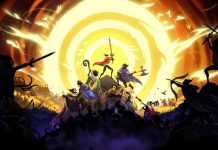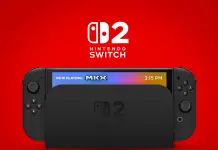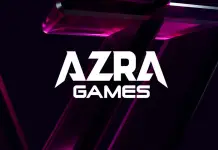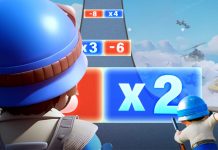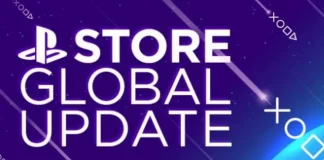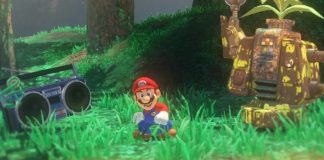Developer: Tamsoft
Publisher: Bandai Namco
Platforms: PlayStation 5, PlayStation 4, Xbox Series X/S (Reviewed), PC
Release Date: Available Now
Price: $59.99 USD – Available Here $99.95 AUD – Available Here
Overview
Whenever someone mentions “the big three” any long term fan of Japanese anime or manga will know immediately that they are talking about the big three franchises of the early 2000s. These three being Naruto, One Piece, and Bleach but unlike the former two, Bleach was always something of a middle-child. Not only was the manga not given an entire anime adaptation until it was recently continued, but it also has not been given a sequel nor continuation other than a one-shot from Tite Kubo years ago. This also meant that unlike the other two series, the title was not given many major video games throughout the years, the most notable being the Warriors-esque Bleach: Soul Resurrección back in 2011 and a mobile phone game that launched in 2015 and is still running to this day with console ports.
This made the reveal that a brand new fighting game for the Bleach franchise was on the way all the sweeter. So now with both its anime series continuing and a fresh new fighter arriving on the scene, is Bleach: Rebirth of Souls a worthwhile game for fans of this long loved shonen series to jump into?
Story
Ever since he can remember, Ichigo Kurosaki could see ghosts and he has done his best to help them when he can, but one day he encounters something he has never seen before, the appearance of a Soul Reaper in the form of Rukia Kuchiki. Not only does Rukia help a ghost “pass on” but Ichigo follows her and sees her doing battle against a Hollow, a monster created by lost souls that feasts on both ghosts and humans with high spiritual power. When Rukia is severely wounded by the Hollow, Ichigo has her powers transferred to him, turning him into a Substitute Soul Reaper and changing the future of his life, and those around him, forever as Ichigo and a few of his friends soon find themselves embroiled in an afterlife rescue, political turmoil, and war for potentially all mankind as the story mode throughout Bleach: Rebirth of Souls retells the manga’s tale from the very beginning all the way to the conclusion of the Arrancar arc, properly stopping right there rather than continuing in the muddy middle-waters that made up the middle arc leading up to the major finale that isn’t included in this release outside of a few DLC costumes, Thousand-Year Blood War arc.
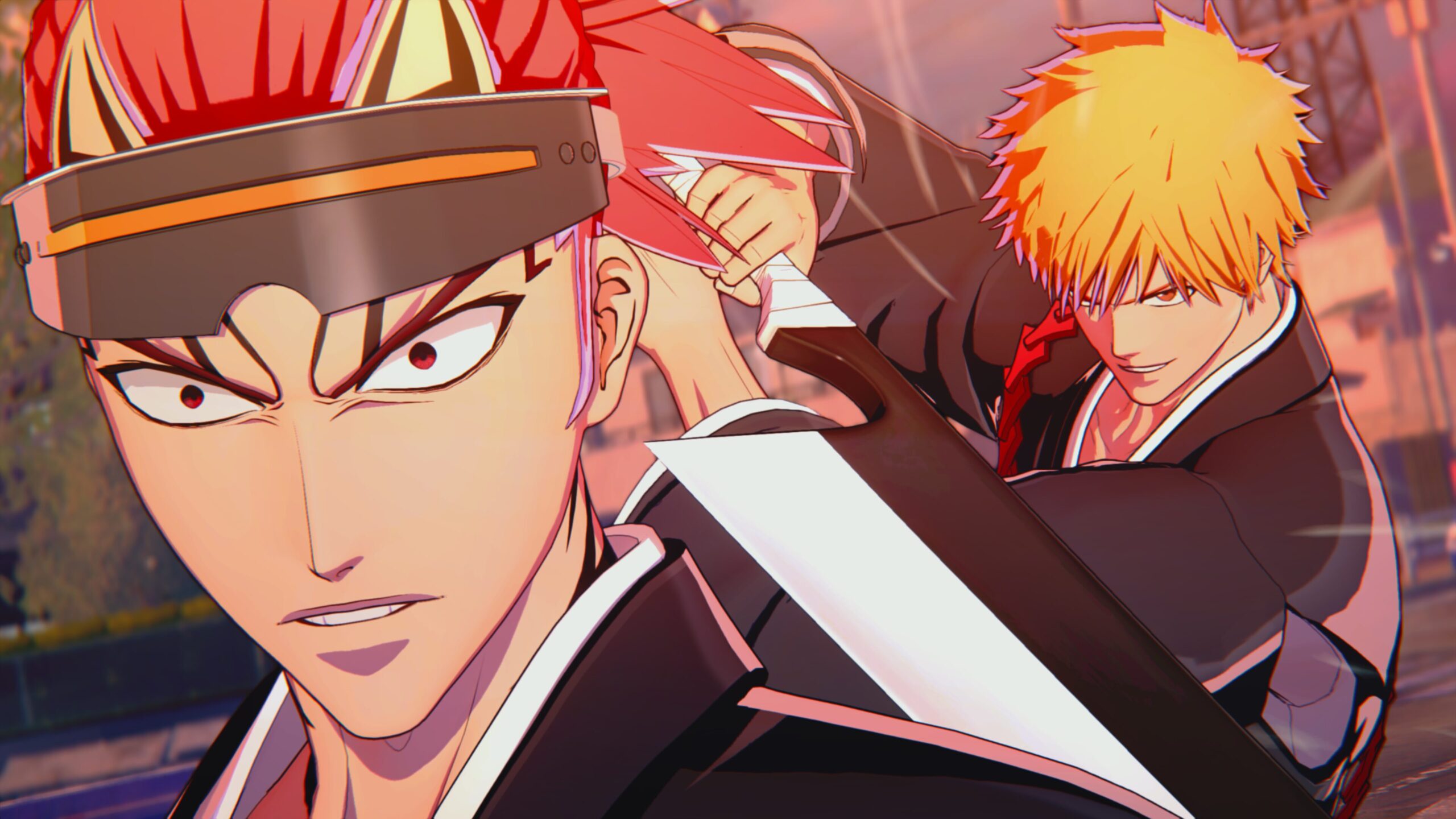
For the most part the story mode of Bleach: Rebirth of Souls does a satisfying job telling the original Bleach arcs while trimming some of the fat from the various filler arcs and lesser arcs that took place between major events. There are still plenty of fun and rather silly side scenes and battles that can take place should players pursue them as more than a few of the more comedic scenes, such as the 13 Guard Captains interacting in unusual ways, have made it into the story mode through side-stories that players can choose to pursue if they wish. The main story mode mostly is broken down into simple but occasionally challenging fights, with the challenges being to replicate key moments from the battles in order to unlock a bonus of various sorts.
The way the story is told is a bit on the interesting side, with many of the aforementioned key moments given plenty of great presentation and detail, especially once players get past the initial arc that serves as more of a tutorial than anything else, as it utilizes both in-engine cutscenes, masterfully drawn artwork for flashbacks of moments that happen off screen, and even tidbits that help fill in gaps such as explaining who some characters are that weren’t properly introduced in the story’s presentation. That being said, there are still plenty of faults here and there with the way the story is handled such as skimping out on some seemingly important fights and characters as well as how strangely some scenes are handled, cutting away from the most mild of movements or dire action only to say what happened against a black screen or off-screen entirely.
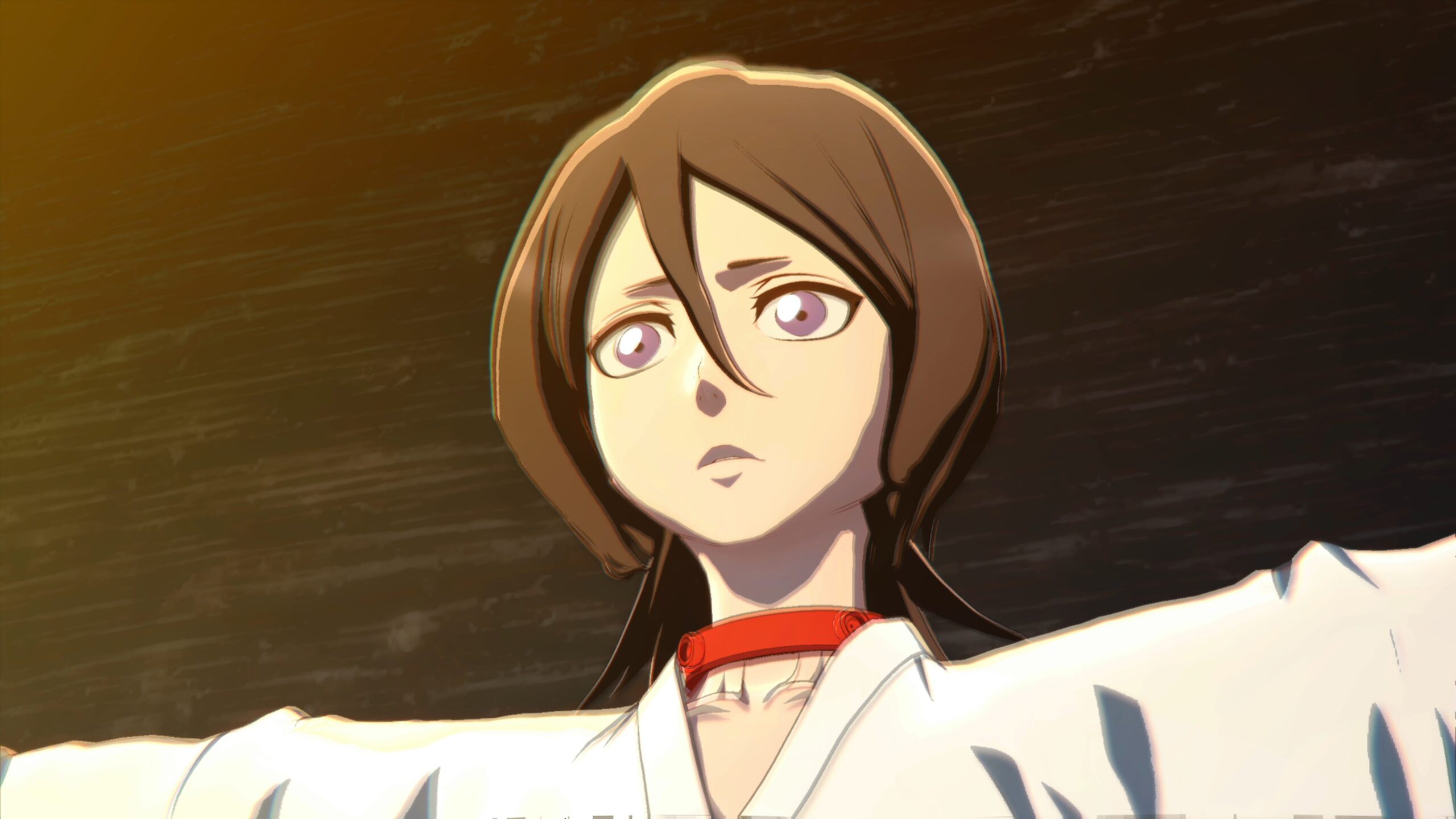
Outside of the core story mode players also will have the opportunity to unlock secret storylines for some of the side characters in the game depending on whether certain requirements have been met. This is a nice little bonus and gives fans a little extra incentive to make sure they meet all the aforementioned story moments to properly get the most out of the game. That being said, unfortunately beyond these the main story, the optional sub-stories that branch off of it, and the secret stories, there isn’t much else to work with here, with even the “Misssions” simply being a survival mode of sorts with Kurotsuchi acting as if he is contacting the player directly.
Gameplay
Bleach: Rebirth of Souls is a one-on-one arena fighter that is developed by Tamsoft who has recently taken quite a few different genre under their belt despite being bests known for a certain beloved but abandoned franchise and it is clear that the developer wanted to try something a bit different with the way a standard fighting game works thanks to the various mechanics implemented, unfortunately not all of them work for the best. This is primarily thanks to a rather complete lack of depth for most of the characters on the roster as well as a fairly severe lack of balancing at least at launch as many fighters clearly outclass others thanks to untapped infinites, unblockable spam, and more and these characters aren’t the ones that fans would expect to be so broken. That and the fact that the game is fairly bare-bones in general outside of its lengthy story mode. The only other single-player content on offer is a standard Versus against CPU or fellow local player or the aforementioned Missions that work as a survival match against multiple opponents in a row.
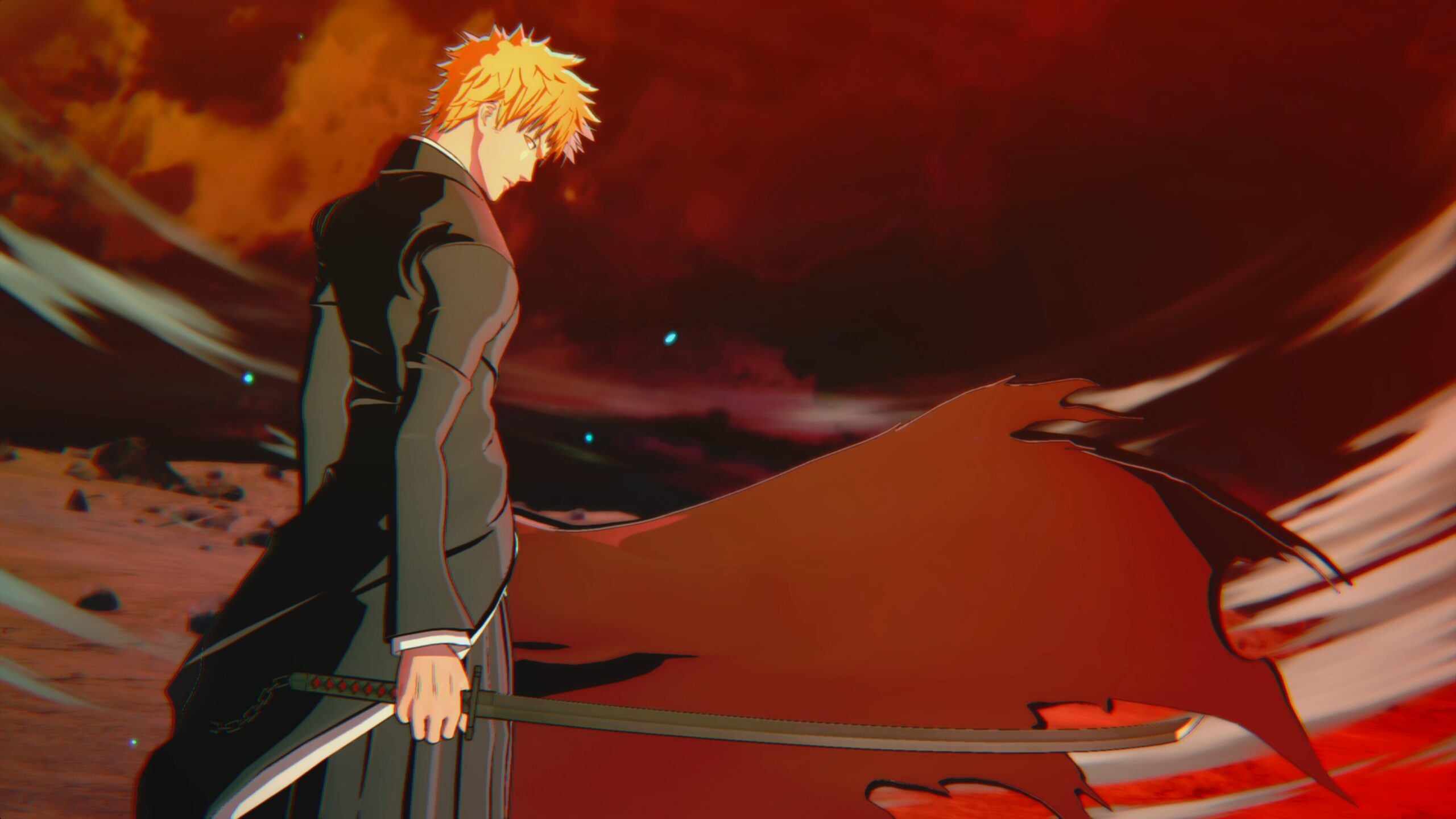
Now one of the key aspects that Tamsoft does to try and set the game apart, beyond using a massive amount of technical terms from the series to try and explain various combat mechanics and the way characters can survive attacks and unleash their own, is by implementing a “lives” system rather than rounds. These lives are called Konpaku and every character starts with nine during a general fight and winning the battle will depend on either dropping your opponent’s Konpaku to zero or having more when time runs out as some of these fights scan take quite a bit, meaning players will likely want to up the average match time if they want to avoid time-outs.
There is a certain level of strategy as well when it comes to shaving down an opponent’s Konpaku as each fighter will have certain “Kikon” killer blows that can eliminate a certain number of these lives depending on various circumstances. Beating down an enemy until their Reishi gauge (health gauge) is below 25% will leave them wide open and unable to block a Kikon launched after a combo though these generally only take down two or three Konpaku. Taking an opponent’s health meter down to zero and having the game automatically trigger a Kikon can not only launch a different killing blow, it will also eliminate anywhere from three to five lives depending as a result. This means that going for a massive elimination on an enemy that only has two lives left isn’t needed unless players want to add insult to injury.
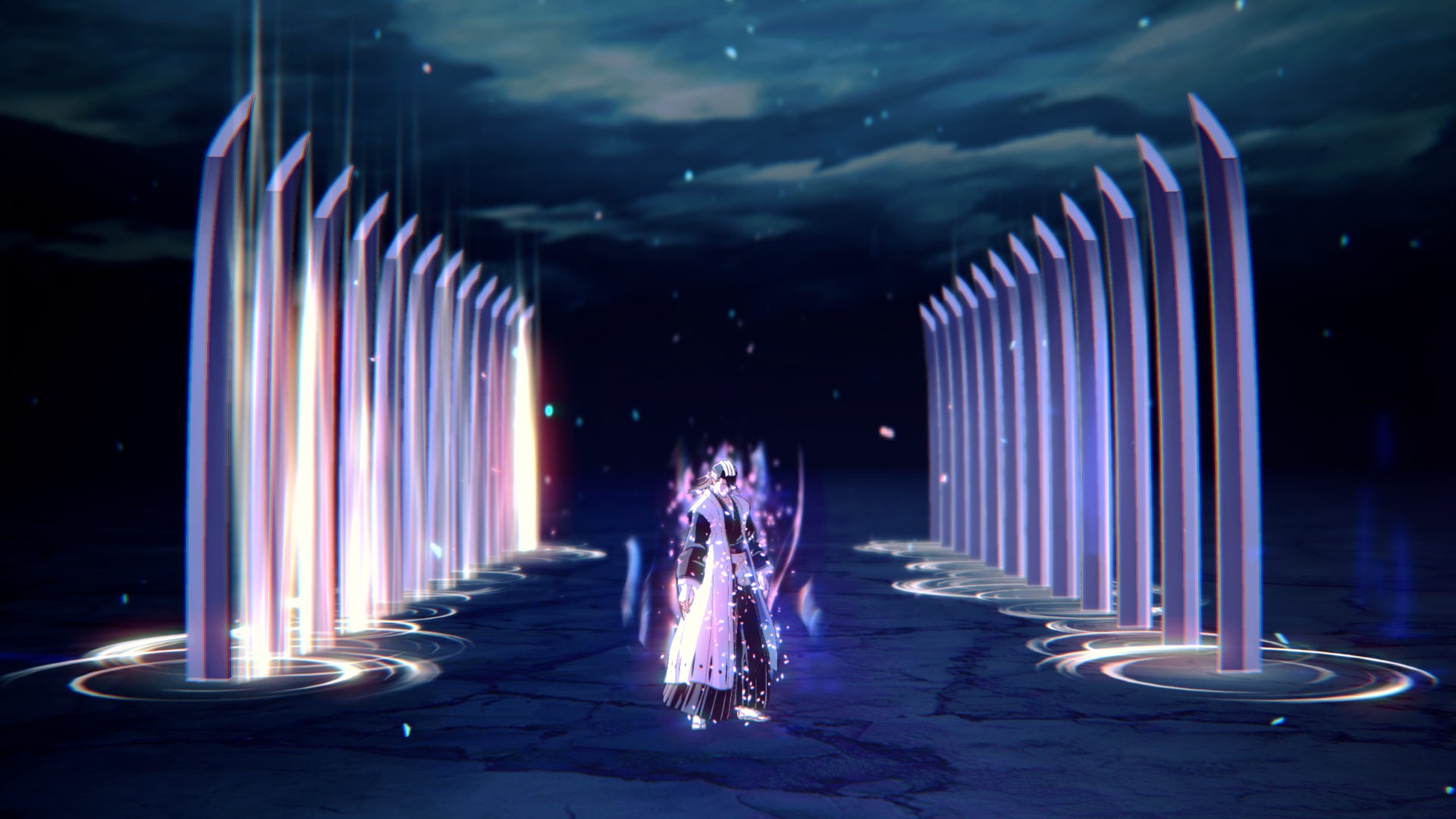
Standard combat however in Bleach: Rebirth of Soul is something of a rock-paper-scissors triangle format where players can block standard attacks, penetrating attacks piercing through guards, and standard attacks smashing through penetration. Landing a successive combo or signature move can send your opponent flying and can be followed up with a flash step to dish out more damage, though player can also choose to save their flash steps to avoid and counter incoming attacks, putting them at an advantage over an attacking foe. In fact, a properly timed flash step will boost the user’s abilities for a short period. Alongside these standard attacks, signature moves, and movement abilities every character also has an “Evolution” that when triggered brings the character to their next level.
Similar to the manga where fights almost alway begin with characters battling using their standard “shikai” or Hado attacks while fighting one another, eventually it comes time for the losing character to pull out their trump card and that almost always happens to be the case in Bleach: Rebirth of Souls as well. The more damage players take and receive (with receiving damage boosting it more) a character’s transformation gauge will fill up and when activated will trigger that character’s next stage of power. For most Soul Reapers this will trigger them summoning their Bankai form and, depending on the character, vastly changing up their playstyle while their Bankai is in use, while Arrancars will trigger their Resurrección forms as well, similarly expanding upon their abilities. Other characters will also receive various bonuses and enhancements to their stats, including dealing extra Konpaku damage when dishing out a Kikon attack. This means that, for the most part, the game’s combat system is shockingly simple to learn and easy to master, though unfortunately beyond the game’s limited single player, there isn’t too much else to do with it.
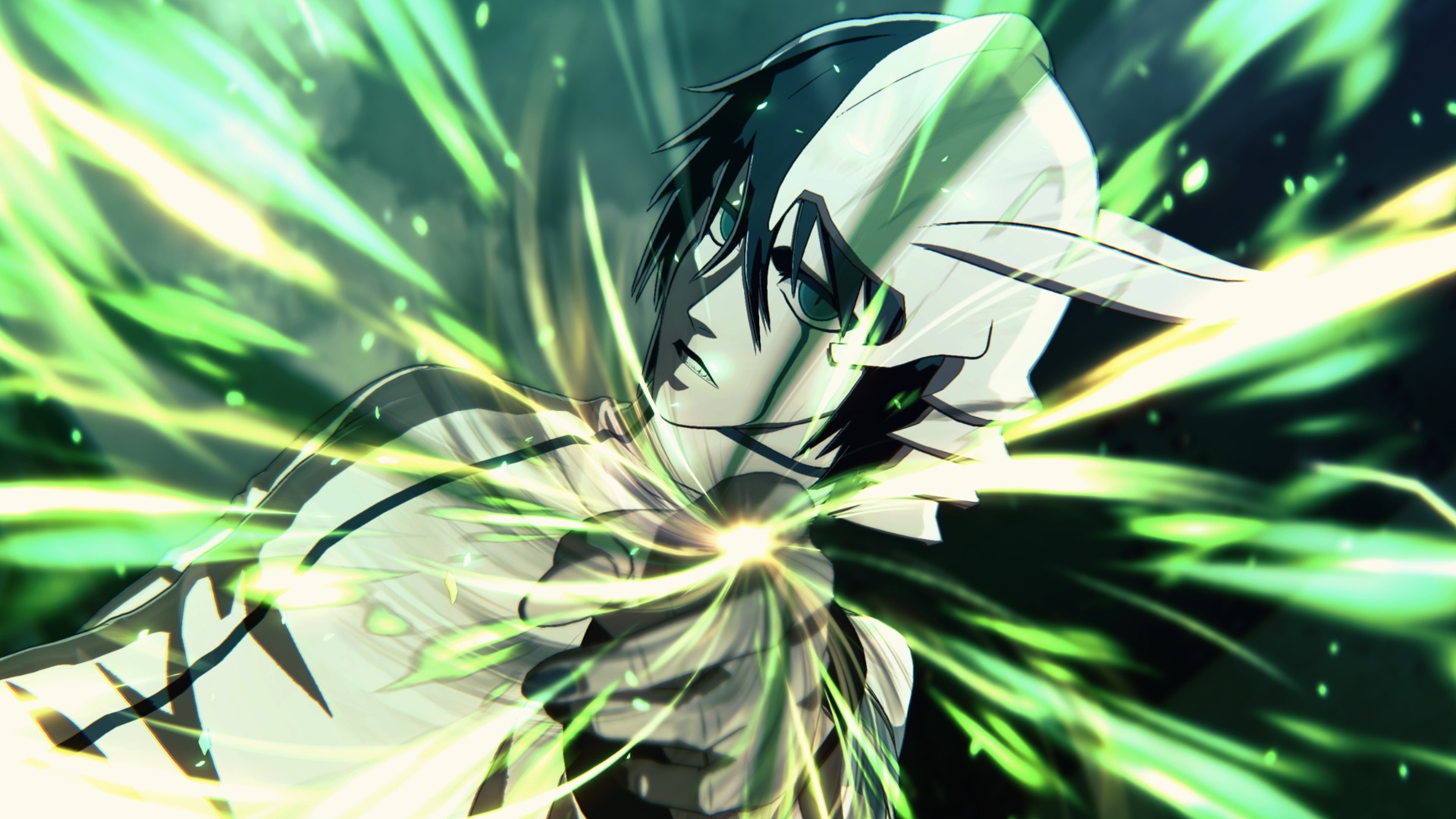
As mentioned before, despite offering a fairly expansive roster of fighters up to the point of the game’s story arc (though some favorites will obviously be missing) the game’s modes are fairly bare-bones and this includes the game’s multiplayer modes. There is no ranked mode of any kind on launch and instead players can only make use of a simple player match or searching for/creating a lobby for others to join. Combine this with some aged netcode and poorly balanced fighters and this really isn’t a game that many will spend a lot of time online with, despite how flashy and fun the combat can feel when everything is moving at a swift pace and the music is rocking as both fighter’s unleash their Bankai at one another.
Audio & Visuals
One element that must be praised about Bleach: Rebirth of Souls is that it captures the designs of the characters and their abilities perfectly as they appear wonderfully replicated in action throughout the game. Not only are there plenty of varied stages to battle on, including some that transition from location to location when a character is hit by a Kikon attack, and can feature some destructible environments, even a flashy Soul Reaper’s Bankai and Arrancar’s Resurrección are replicated wonderfully here, including complete character design overhauls if it means changing their weaponry, style of play, or appearance in a fight. That being said, some of the story cutscenes are presented rather poorly with there being far too many random black screens and cutaways during what should be simple moments. Thankfully, on the other hand, whenever the story mode utilizes flashbacks to fill in some minor gaps it features some wonderfully drawn artwork of scenes being referenced.
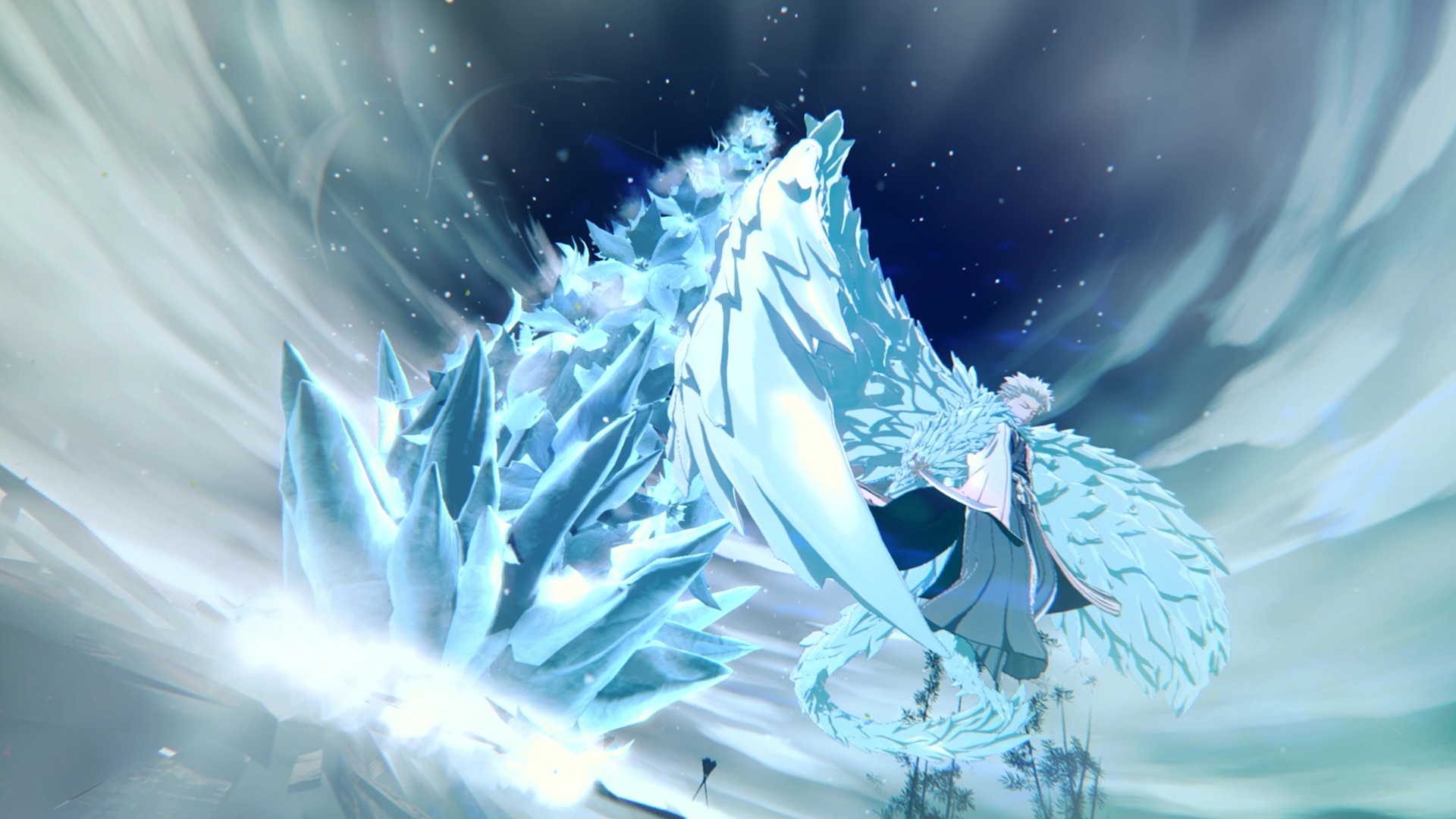
As for the voice work it is nice to note that all of the English voice actors for the anime series have returned to reprise their roles, though this does include roles that were changed for the Bleach: Thousand-Year Blood War series. This is a great touch for longtime fans, mostly, as oddly enough the English announcer during fights and recaps in the game’s story mode sounds quite awful to the point that he is entirely mispronouncing words and entire phrases at times. Thankfully this issue isn’t found in the Japanese voice track should players choose to go that route instead. It is also nice to note that in both dubs characters that either have history fighting each other or never would fight one another do have a bit of unique dialogue to start a match. The soundtrack throughout the game is actually quite outstanding as not only are there a number of vocal tracks used throughout the game but the background music during battle will even change when a character triggers a transformation, making each fight feel all the more intense as a result.
Overall
Bleach: Rebirth of Souls does a great job revisiting the old storyline that fans will remember and does a solid job introducing it for newcomers though it does happen to stop at a rather… odd place by opting to omit the finale of the series in favor of either saving it as DLC or a sequel and including a sizable roster of all different kinds of characters, making for a roster that any fan will have fun with. Unfortunately, a rather bare-bones offering of gameplay modes and effective but too simplistic combat mode will leave fans wanting, especially after how long they’ve waited for a proper Bleach game again.
Capsule Computers review guidelines can be found here.





